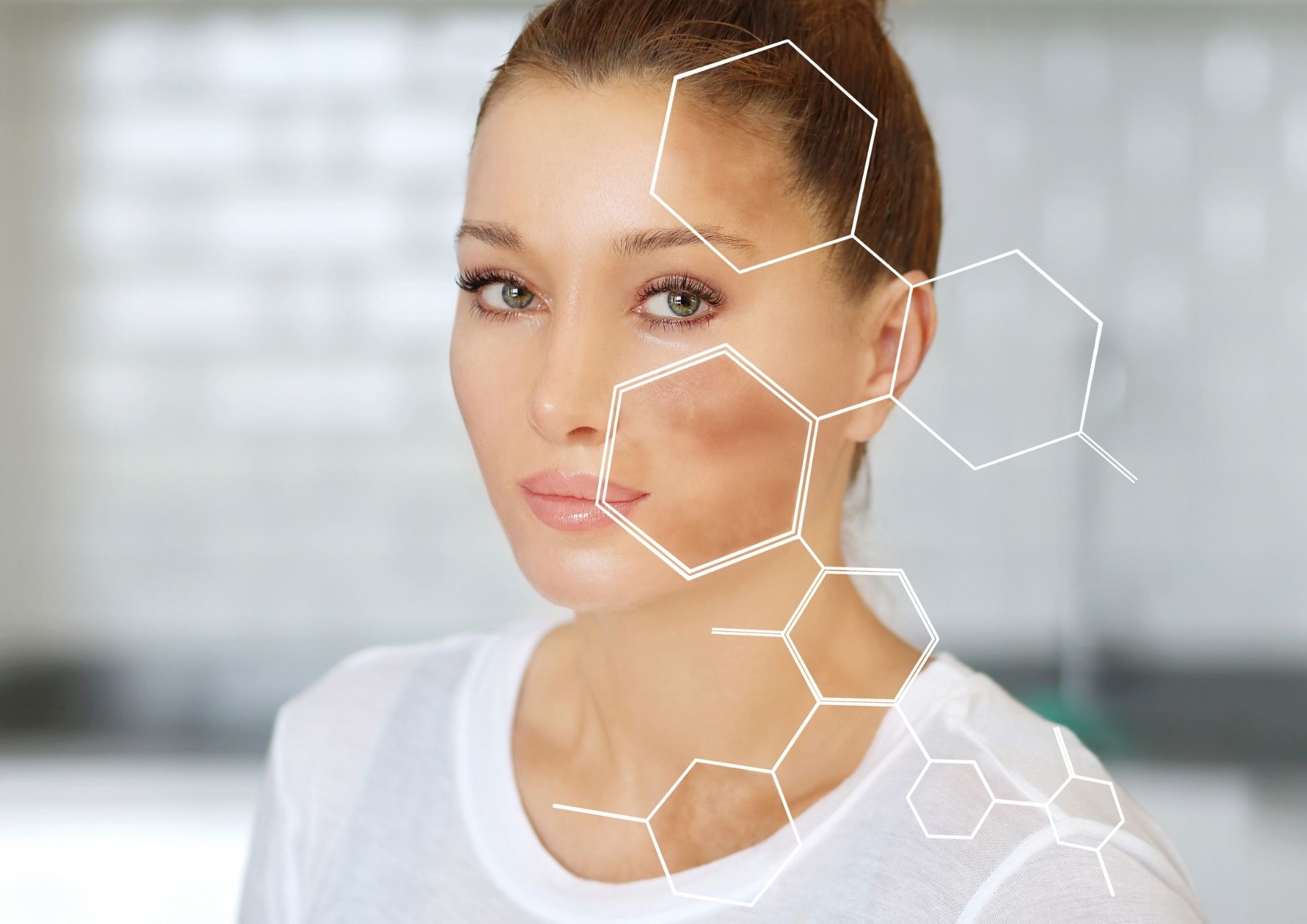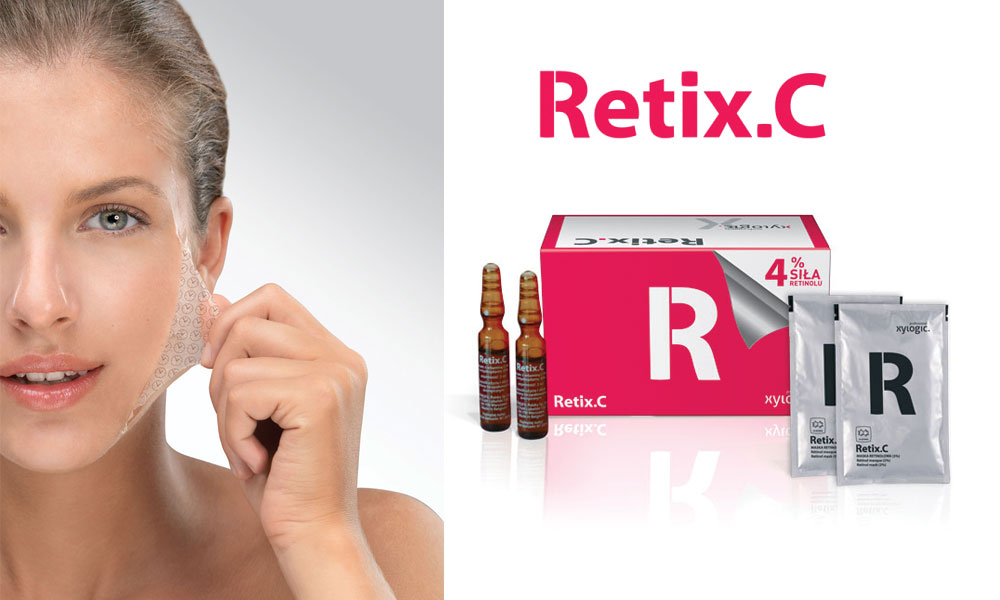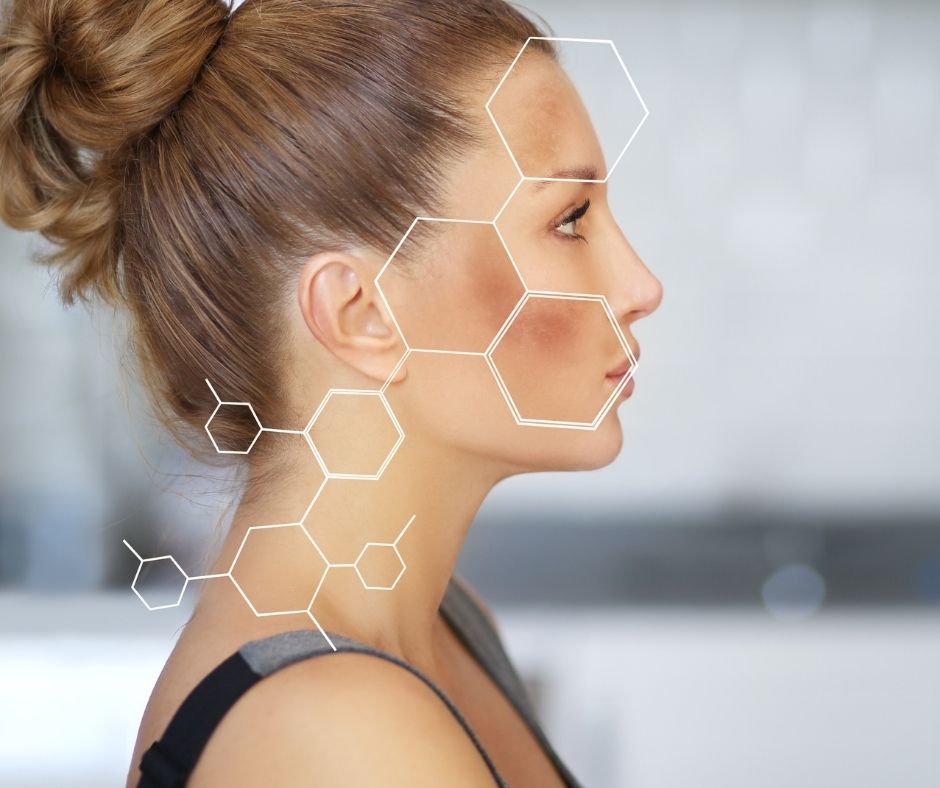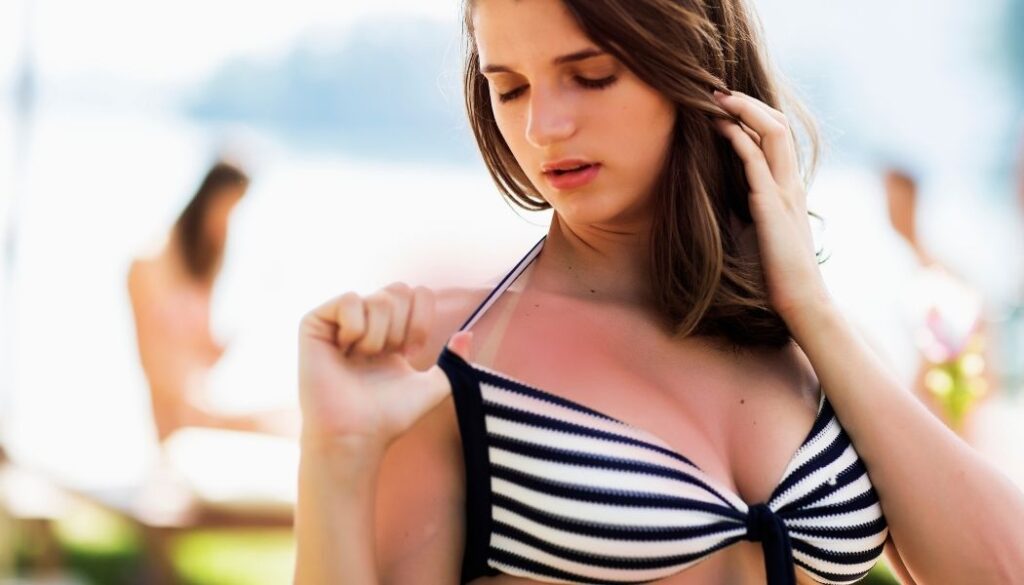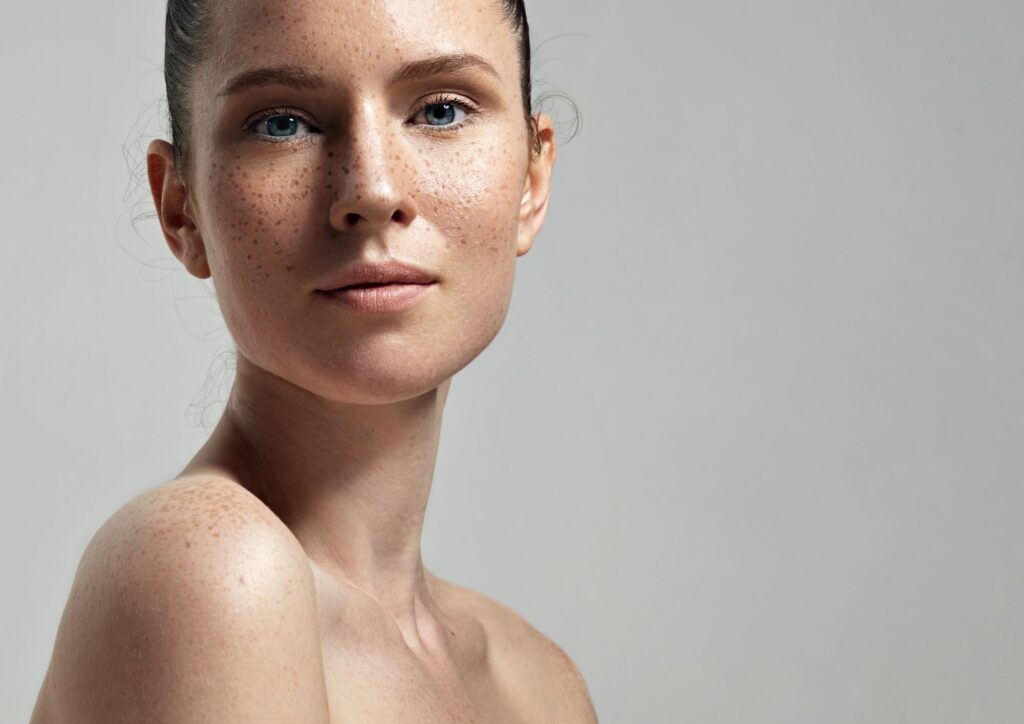Why does skin discolouration occur?
In most cases, melanin is to blame. Produced in melanocytes which are located (amongst others) in the basal layer of the epidermis. They are responsible for giving the skin colour and protecting it from the UV rays. During sun exposure, their number increases which causes a temporary change in the skin’s colour. Skin discolouration is a result of an increased level of melanin and its uneven placement.
Dark spots or varying shades of brown appear on the skin.
Non-melanic discolouration includes tattoos, spots caused by using minocycline, metals (copper, iron, silver, gold), and metalloids such as arsenic.
Factors causing skin discolouration are:
- Excess sun exposure without protection (UV filters),
- Age – the number of melanocytes decreases but their size and activity rise,
- Genetics – some discolouration (e.g. freckles), are due to genetic predispositions,
- Hormonal changes – discolouration often occurs during pregnancy, hormone therapy, menopause, or using hormonal contraception,
- Skin damage and inflammation,
- Stress,
- Diet,
- Some illnesses, such as liver problems, adrenal insufficiency, an overactive thyroid gland, ovarian tumours, or intestinal parasites,
- Certain medication, herbs, and cosmetics.
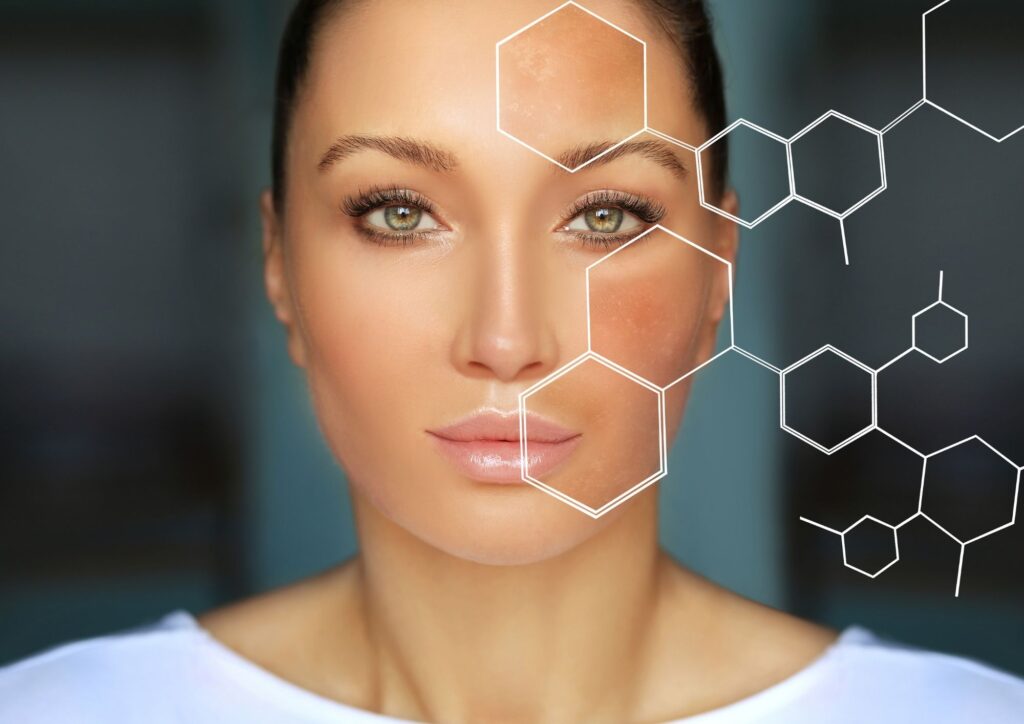
Depending on their placements in the skin, discolouration can be divided into three categories:
- Epidermal,
- Dermal,
- Epidermal and dermal combined.
Spots that are in the shallowest parts of the skin, in the upper layers of the epidermis, are the easiest to remove. Getting rid of those placed deeper is often more difficult and takes some time.
We can distinguish between many different types of discolouration:
Melasma – a type of discolouration which usually appears during a period of hormonal changes, for example pregnancy, hormone therapy, or menopause. Excessive sun exposure and genetics are also important factors in its formation. It has an appearance of brown spots which turn darker due to sun exposure. They most commonly occur around the mouth, forehead, and cheeks.
Age spots (lentigo) – spots in varying shades of brown, bigger and more prominent than freckles. They do not tend to darken. In some cases, they can be congenital, but are mostly acquired through excess sun exposure. They can be found on the top of hands, forearms, shoulders, the back, cleavage, and face. The frequency of their occurrence increases with age.
Post-inflammatory hyperpigmentation – consequences of inflammatory diseases of the skin such as psoriasis, acne, lichen planus, atopic dermatitis, contact dermatitis, folliculitis, impetigo, or a result of chemical peels, laser treatments, or insect bites. They usually form due to recurrent or extended inflammation.
Freckles – small, scattered spots in varying shades of brown. They occur on the uncovered parts of the body, prone to receiving UV radiation, most often on people with skin phototype I or II, and are determined by genetics. They have the tendency to appear in clusters. Freckles form in early childhood and can disappear with age.
Drug-induced – results of a drug’s or its metabolites’ interaction with melanin, iron, and macrophages.
Cosmetics and perfumes can also contribute to the formation of discolouration spots. Phototoxic bergamot oil is a common ingredient in perfumes and should be treated with caution as it causes characteristic discolouration on the skin and cleavage (breloque dermatitis).
Due to the plethora of reasons for discolouration, the treatment is varied and often very complicated.
Some of the most effective treatments for discolouration and hyperpigmentation are Cosmelan and Dermamelan. They can only be performed during autumn and winter months. The procedures result in peeling and irritation of the face which persists for at least a week.
For less visible spots located in the shallower parts of the skin, a milder treatment is suggested. A therapy using Retix C solution or a series of treatments using gentler acids are popular options.
The perfect moment to fight discolouration and hyperpigmentation is the period after summer holidays.
